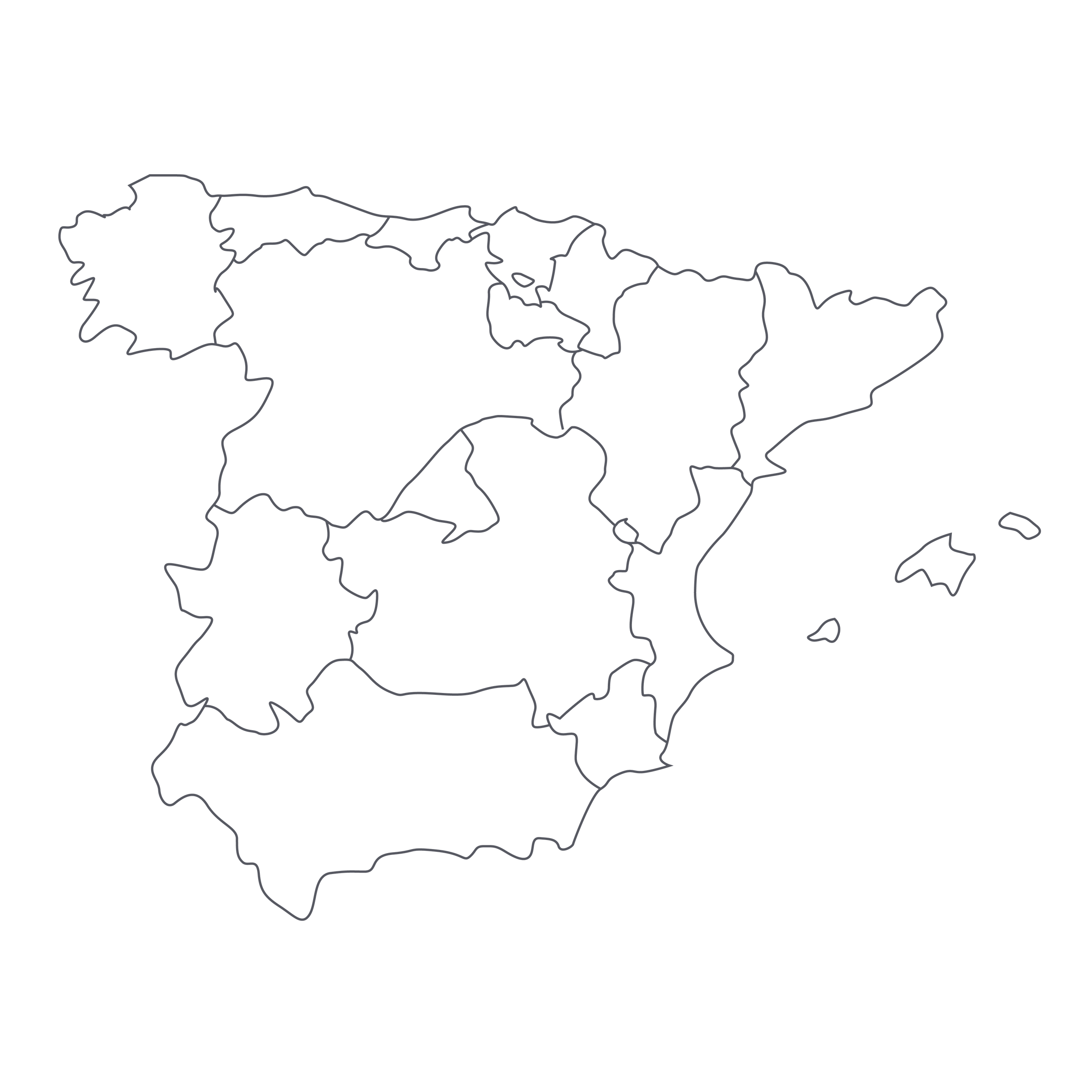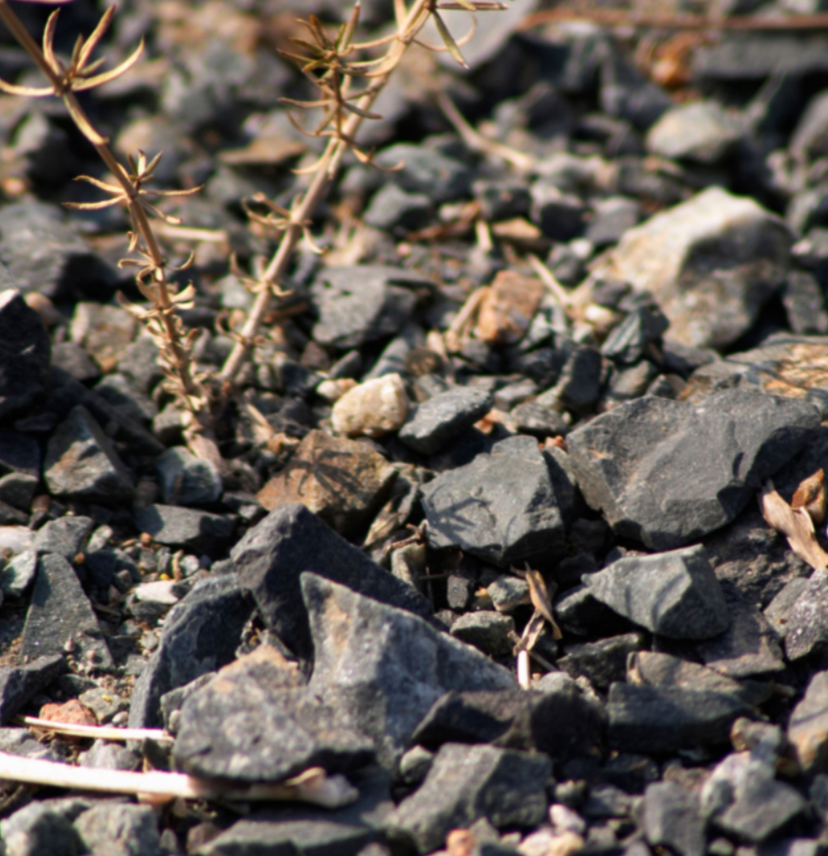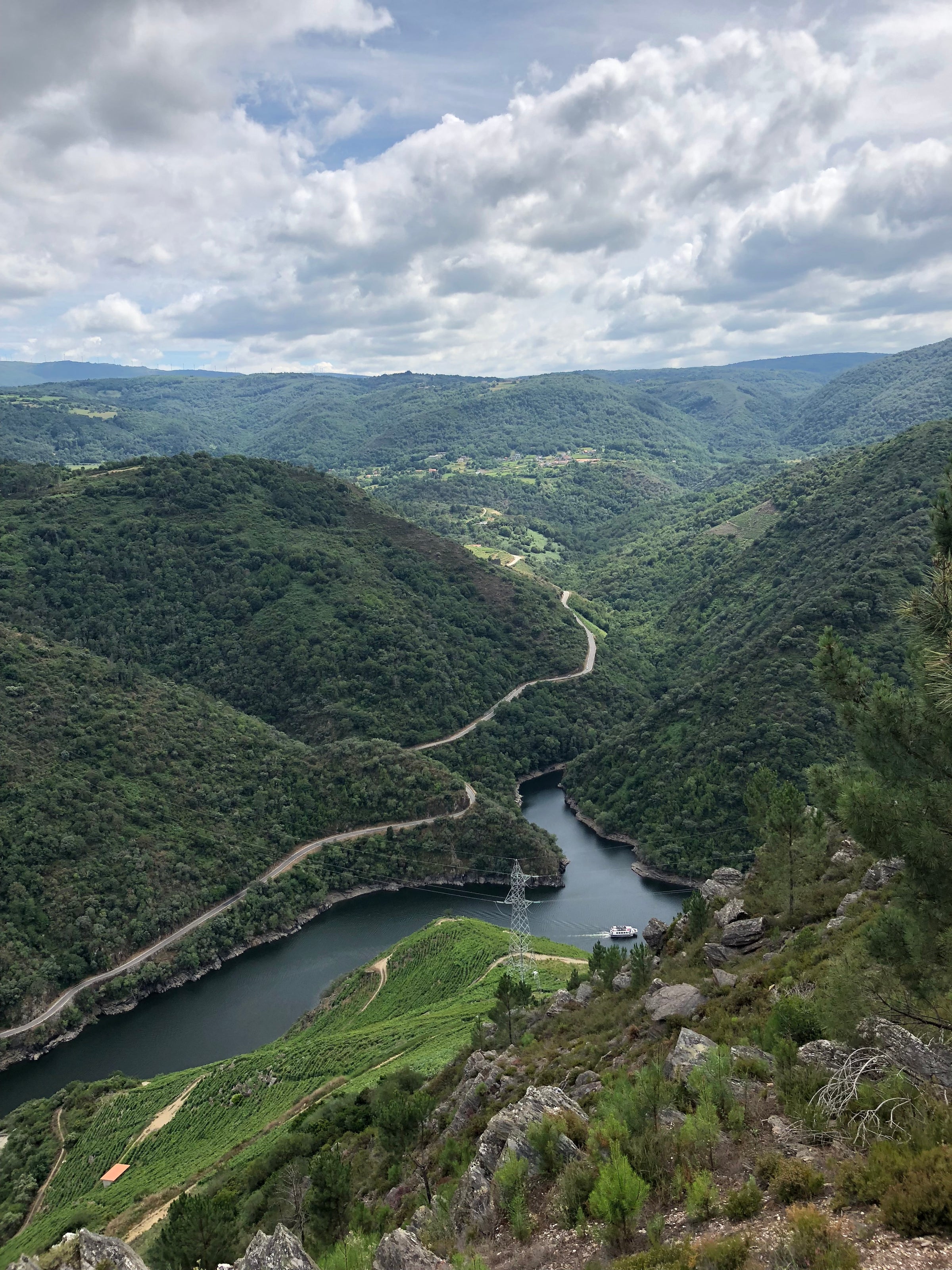Even if you devote your professional life to studying wine, you can still be surprised by it on a regular basis. The wine world often feels too big to cover, or at least that’s how I felt when I tasted today’s bottle—a Bordeaux-style blend from the remote Navarra region of Spain.
It was not from some upstart label, by the way, but from a legendary, critically acclaimed estate dating to 1970. How could I not know Viña Magaña? I remember feeling the same sense of F.O.M.O. when I tasted my first wine from Madiran’s Château Montus—itself a pioneering estate in France’s Gascony region—only a few years ago. If your reaction is to ask, “Where have you been?” my hat goes off to you: Viña Magaña is a wine I wish I knew before! Luckily, I consoled myself with today’s marvelous 1997 Reserva, a succulent red blend that performs like mature Pomerol form a top château at a fraction of the price. This, as I’ve learned, shouldn’t be a surprise: Back in 1970, Juan Magaña brought Merlot from Pomerol’s Château Pétrus to plant in Navarra, along with Cabernet and other varieties from even further afield. While not as revered as Vega Sicilia in Ribera del Duero, Viña Magaña gained a cult following for deep, seductive, Bordeaux-inspired reds capable of long aging. That cult now includes me, thanks to this still-youthful 20+-year-old Reserva. If you aren’t already, I strongly suggest you jump onboard!
This is a winery with a long and distinguished critical history, so it’s a little surprising that there are still bottles of direct-from-the-winery 1997 to be had. This is a testament to the estate’s size (as well as the Spanish penchant for holding wines in the cellar for extended periods): Viña Magaña’s vineyard holdings total about 120 hectares in Navarra, a DO which sits to the northeast of Rioja, along the Ebro River in the shadow of the Pyrenees. The soils are a mix of clay, limestone, and river-borne silt, sand, and gravel (similar to Bordeaux), with a climate that mixes mountain and Mediterranean influences—the physical area covered by the DO is quite vast, so there are a number of subzones with unique microclimates, with those closer to the Pyrenees obviously skewing more “continental.”
While their vineyard holdings are wide-ranging, the Magaña
bodega is headquartered in the town of Barillas, near the southern tip of the Navarra DO in the ‘Ribera Baja’ subzone. As with Rioja, which borders it to the west, Navarra’s wine history has long been intertwined with that of Bordeaux. Educational pilgrimages to Bordeaux were commonplace among Rioja/Navarra winemakers in the 18th and 19th centuries—not only was Bordeaux not that far away, it was inarguably the most prestigious wine zone in the world, and perhaps the biggest takeaway for Spanish winemakers in that period was the use of oak barrels for aging. Later on, when the phylloxera louse decimated Bordeaux’s vineyards, the
Bordelais looked to Rioja and Navarra for grapes and wine to keep them going while they re-planted their vineyards (for a deep dive on the history of the relationship, check out
this excellent piece by Quentin Sadler).
So, as is noted prominently in any discussion of Viña Magaña, the Merlot used in today’s wine comes from vine material originally obtained from the same nursery that supplied Château Pétrus in Pomerol. It comprises up to 60-65% of the blend, with Cabernet Sauvignon, Syrah, and Tempranillo making up the rest. According to the Viña Magaña website, the wine spends 12 months aging in French and American oak barriques followed by 36 months in bottle before release, but other descriptions of today’s 1997 say it spent two years in oak. Regardless, it has since enjoyed considerably more bottle age in Viña Magaña’s cellars.
The direct-from-the-winery provenance of this ’97 is on full display in the glass, in the form of a surprisingly youthful, nearly opaque ruby-black color with slight hints of brick at the rim. While it’s still showing the muscle necessary for further aging, it is right in its sweet spot now, so my advice is to start pulling some corks: Decant this wine (watching for sediment) about 15-30 minutes before serving at 60-65 degrees in Bordeaux stems, and you’ll be greeted with a rush of black and red plum, cassis, black cherry, tobacco, cedar, grilled herbs, roasted meat, turned earth, and leather. Medium-plus in body and showing off some mature ‘secondary’ aromas (florals, warm spice, mushroom), it still has a trace of dusty tannin lending texture and lots of freshness keeping the wine in pitch-perfect balance. It is a rare treat to get to pop and pour a mature wine of this level at this price, and were you to serve it to knowledgeable guests, I can’t see them guessing anything but serious Right Bank Bordeaux here—there just aren’t many classic reference points for a wine like this! As you spend more time with it, a hint of wildness and spiciness points up its Spanish origins and gets you thinking about something Spanish-inspired to pair with it. Some deeply savory steaks should do the job nicely. Enjoy!





